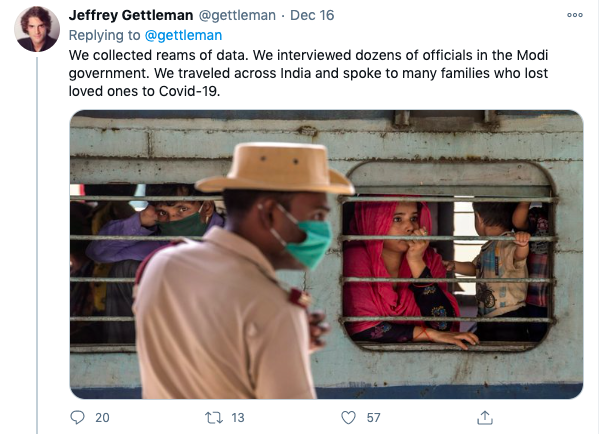
Turmeric, banana, sesame oil & the story of ancient culinary export.
Archeologists have found evidence of Indian spices & fruits in dental remains from ~1700 BCE in Israel, reinstating the belief that the ancient trade routes from India catered to far off places in the West.
Archeologists have found evidence of Indian spices & fruits in dental remains from ~1700 BCE in Israel, reinstating the belief that the ancient trade routes from India catered to far off places in the West.

Turmeric, used as a spice, medicine & a dye, was probably highly prized in the ancient world for it to be traded across sea & land to the Levant & Egypt. Sesame oil, one of the earliest known seed oils, was a staple in ancient Levant & was exported in large quantities from India.
The domesticated variants of banana from India were also exported & is believed to have arrived in Africa from India.
Read more on the ancient trade routes from India to the rest of the world in my book, Essays on Indic History. Now available on Amazon: tinyurl.com/y5romtne
Read more on the ancient trade routes from India to the rest of the world in my book, Essays on Indic History. Now available on Amazon: tinyurl.com/y5romtne
Given the immense amount of evidence of long distance trade from India, one could imagine how influential & wealthy the port cities would have become. Ancient India probably exerted the same kind of cultural & financial power that modern countries like the US & UK do.
The full article can be read here: dailymail.co.uk/sciencetech/ar…
• • •
Missing some Tweet in this thread? You can try to
force a refresh







